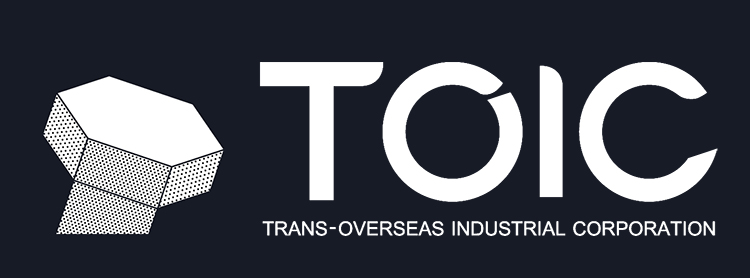Delays at the pump may seem minor at first, but for a service station, even small inconsistencies can signal a serious operational issue. A faulty fuel pump doesn’t just affect dispensing; it can compromise system accuracy, disrupt transaction flows, and ultimately impact customer trust and revenue.
This blog will guide you on how to spot the signs of a faulty pump, understand what causes these issues, and the best ways to resolve them before they affect your entire operation.
Identifying the Signs
Irregular fuel flow is often an early warning sign of a larger issue. For instance, customers may notice slow dispensing, or your systems might report unusual readings. Additionally, if your wetstock management software shows volume discrepancies or your automatic tank gauging flags irregular tank levels, these could signal pump underperformance or failure. Beyond fuel flow, inconsistent performance can also disrupt other service station systems, resulting in downtime, reduced efficiency, and potential safety risks.
Understanding the Root Cause
Fuel pumps can fail for several reasons, including normal wear and tear, fuel contamination, or electrical faults. In other cases, outdated equipment may struggle to meet modern demands. Furthermore, incompatibility between older pumps and newer POS systems can cause transaction errors and lead to unreliable data.
Pinpointing the problem requires accurate diagnostics. That’s why a professional technician assesses if it’s the pump or a system malfunction.
Why Equipment Upgrades Make a Difference
If your pumps or petrol equipment are aging or constantly needing repairs, upgrading may be more cost-effective than repeatedly patching issues. Modern fuel pumps, like the Latitude fuel dispensers, offer high-precision flow control, faster dispensing, and improved durability to meet today’s forecourt demands.
In addition, upgraded equipment improves operational control and supports compliance in areas such as tank calibration and testing. More importantly, modern solutions not only address current challenges but also help prevent similar issues from recurring in the future.
Preventive Maintenance is Key
Routine maintenance and monitoring through tools like wetstock management and automatic tank gauging are essential. These systems allow you to track fuel levels, spot anomalies early, and keep tanks in a safe, working condition. Moreover, regular tank calibration and scheduled testing help maintain inventory accuracy and ensure compliance with industry standards.
As a result, preventive strategies not only reduce downtime but also protect your station’s reputation and strengthen customer trust.
Conclusion
Addressing fuel pump issues promptly and keeping your infrastructure updated are vital for smooth operations and customer satisfaction. Reliable pumps, accurate monitoring systems, and proactive maintenance keep your business running efficiently and safely.
For service station operators seeking trusted solutions, TOIC offers premium fuel pumps, dispensers, petrol equipment, and technical support. Our team provides everything from equipment upgrades to wetstock management and maintenance, helping your station operate at peak performance, now and into the future.
Why Choose TOIC Solutions?
Trans-Overseas Industrial Corporation (TOIC) Solutions, established in 1976, has been the trusted partner for fuel dispensers, fuel pumps, service station equipment, and the gas station industry in the Philippines. As a leading distributor of advanced fueling technology. We provide reliable, efficient, and durable solutions that enhance the performance of your fueling operations.
With years of expertise and strong partnerships with multinational corporations, TOIC delivers top-quality products, including automatic tank gauging, tank calibration, wetstock management, POS service station systems, and tank testing. If you’re looking to upgrade your fueling system, reduce operational costs, and ensure precision in every transaction. TOIC Solutions is the name to trust. Talk to us!





